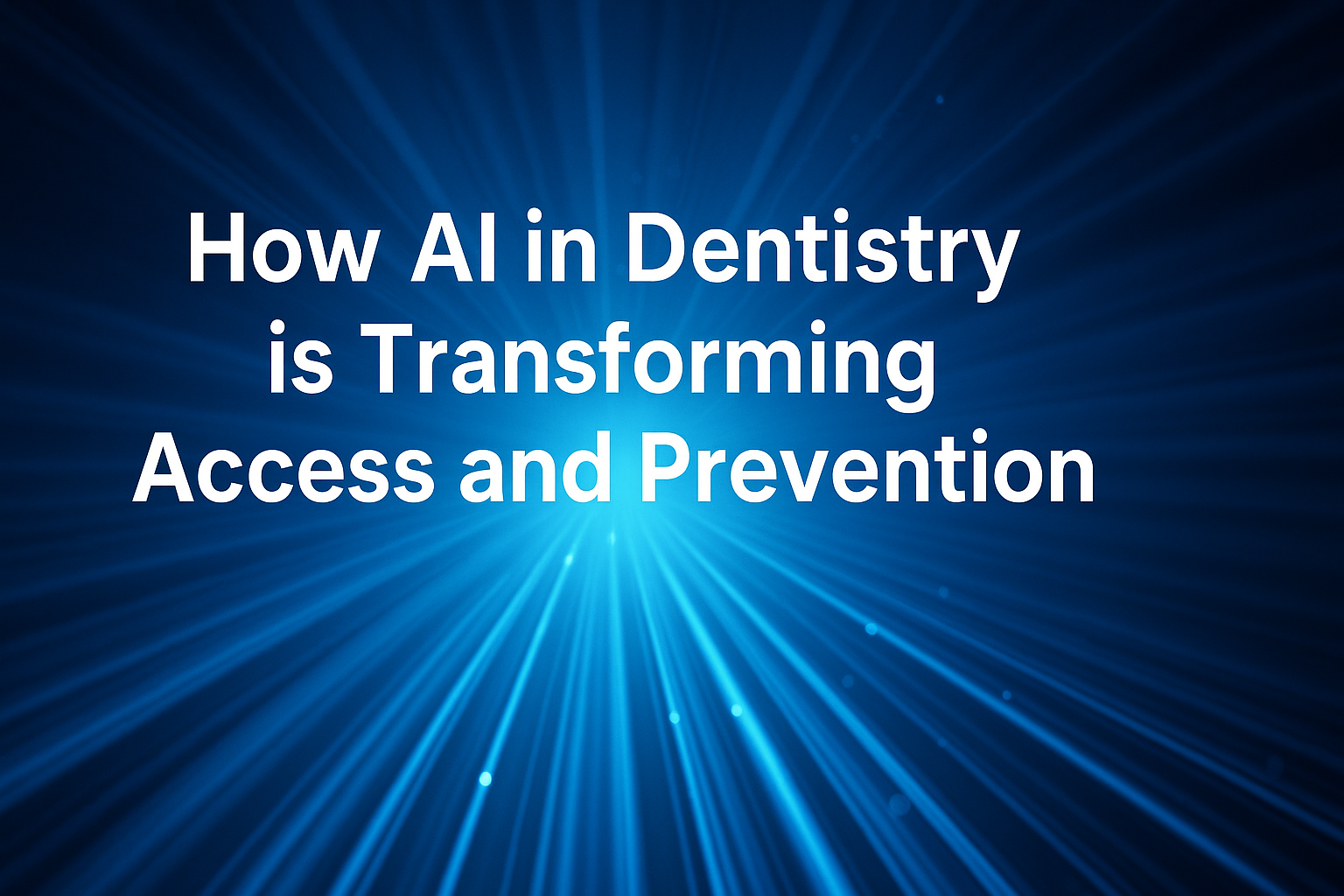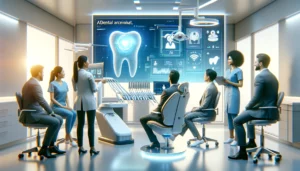Today, Forbes published “AI Meets Oral Health: The Race To Redefine Digital Dentistry,” exploring how AI in dentistry is reshaping patient access, affordability, and prevention. The article highlights innovators like Viva AI, showing how conversational and clinical AI together can eliminate front office bottlenecks, reduce missed appointments, and make preventive care more accessible to millions of patients.
The Crisis We’re Solving
Dental care is at a breaking point. In the U.K., stories of DIY dentistry — patients pulling teeth or trying to self-fill cavities — have become alarmingly common. In the U.S., tens of millions live without dental coverage, and untold billions in productivity are lost annually due to untreated oral disease. The common thread is access: prevention is possible, but the system makes it expensive, slow, and opaque.
What no one else talks about nearly enough is the front office choke point. Practices lose hundreds if not thousands of dollars a day to missed calls, unanswered messages, confusion over insurance, and unbooked care. It’s not glamorous, but it’s where the opportunity lies. If we can fix the bottleneck in access, we re-open the door for prevention.
Why Conversational + Clinical AI Are Natural Partners
To me, what makes Viva AI different is that we don’t just build “diagnostic AI.” We build the bridge between patients and practices by combining:
- Conversational AI that answers calls 24/7, books patients, handles benefits Q&A, and reactivates lapsed cases
- Clinical communication tools that turn X-rays, treatment plans, and diagnoses into an “Oral Health Score” patients can understand
- Auditable, inclusive models that are tested across demographics, languages, and skin tones to reduce bias
Diagnostics alone are half the battle. What really unlocks impact is getting patients in the door and getting them comfortable saying “yes” to needed care. That’s the loop we’re closing.
The Tension: Trust, Bias, and Oversight
There’s no denying risk. Medical AI must contend with bias, misdiagnosis, over-reliance — especially in a field as heterogeneous as oral health, where tissue pigmentation, anatomical variation, and existing disease can vary widely.
That’s why we architect Viva AI with human-in-the-loop, transparency, and continual auditing. Patients always have visibility into when AI is used, and clinicians always retain final judgment. We test across skin tones, languages, and geographies, then monitor for performance gaps and adjust models accordingly.
Yes, AI will make mistakes — but I’d rather build with humility and guardrails than leave the status quo unchecked.
What’s Next — And Why I’m Excited
In the next few years, I see two huge breakthroughs:
- Ambient integration: conversational AI + diagnostics + practice management systems working as one. A patient calls, gets triaged, booked, and educated — all while the dentist sees suggested diagnostics and next steps.
- Predictive & preventive insights: pushing from “detect disease” toward “predict risk.” Using patient behavior, imaging, medical history, and even voice or saliva biomarkers to guide early intervention.
As AI tools get smarter and more trusted, “going to the dentist” becomes less about emergency fixes and more about maintaining health — like going to the eye doctor or getting annual physicals.
I hope this Forbes piece helps push the conversation further. Dentistry is overdue for its moment in the AI wave — not just as a niche medical frontier, but as one of the most accessible, human-centered places AI can actually deliver value at scale.



